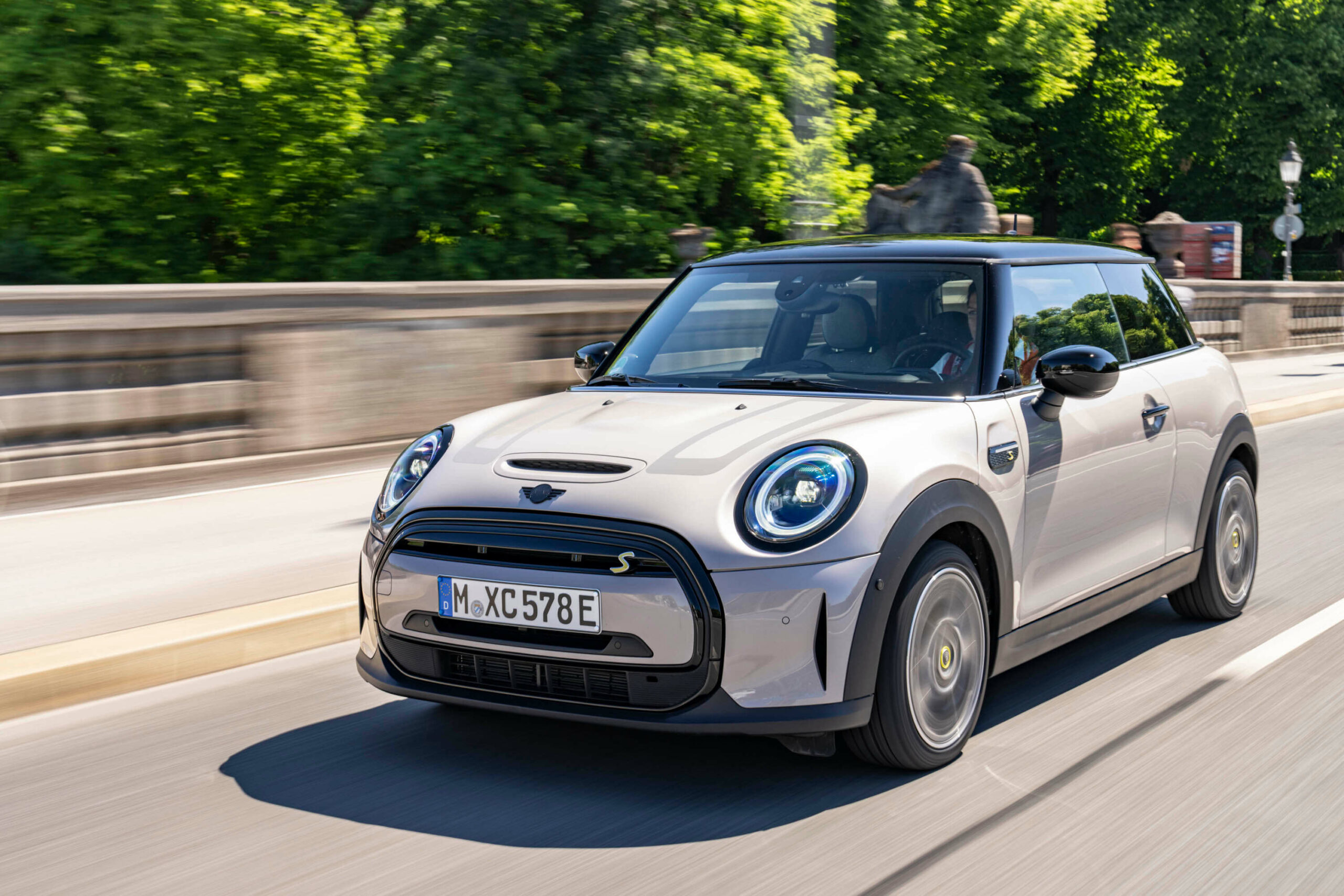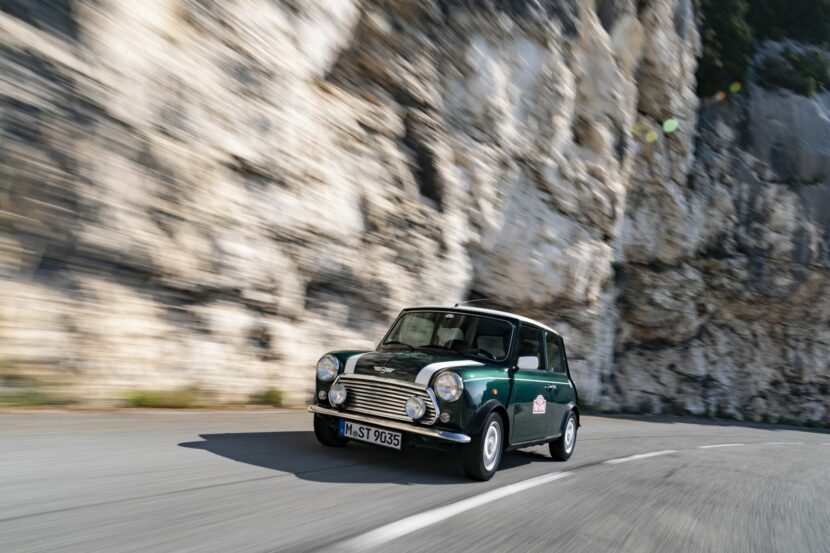I’ve long said that MINI is the perfect brand for electrification. It’s entire brand ethos just works so well with it. The tight, nippy, fun-loving nature fits the punchy, torquey power delivery of electric motors. While MINI proved that with the new electric Cooper SE, it’s interesting to see how that new car stacks up against the original. So Top Gear brought both together, to see how they compare.
Admittedly, the “original” Mini they use in this test was actually made in 2,000, not the 1950s. However, mechanically, it’s mostly the same. Classic Minis were made, in almost their original form, until the 1990s. Then they took a bit of a break until BMW bought Rover and all the brands that came with it, including Mini and revived the classic for just 500 limited-run models before it launched the new MINI brand. The car in this test was number 306, of those 500.
How do the two cars compare? They’re surprisingly similar. Aside from the obvious fact that the new car is battery-electric and the old one uses an ancient four-cylinder engine the size of my shoe, the to cars are completely different on paper. The new MINI is about 1,500 lbs heavier, it’s almost twice the size, it has an entirely different seating position, and it’s lightyears more electronic and luxurious. However, the way the two cars go down the road, according to Top Gear, feels remarkably familiar.
Admittedly, the classic Mini in this test wasn’t exactly the best example to use. I’ve driven ’60s Minis and I’ve driven ’90s Minis and they feel different. The later cars had a lot of stuff shoehorned in to the cars that made them feel bloated. They had bigger dashboards, air conditioning, modern heater cores, and extra gauges that were all added to a package that originally had none of that. Does that diminish this test? No, there’s still a very obvious familiarity between modern MINIs and the classic ones that will clearly continue even once the new cars go electric.
[Source: Top Gear]






































































